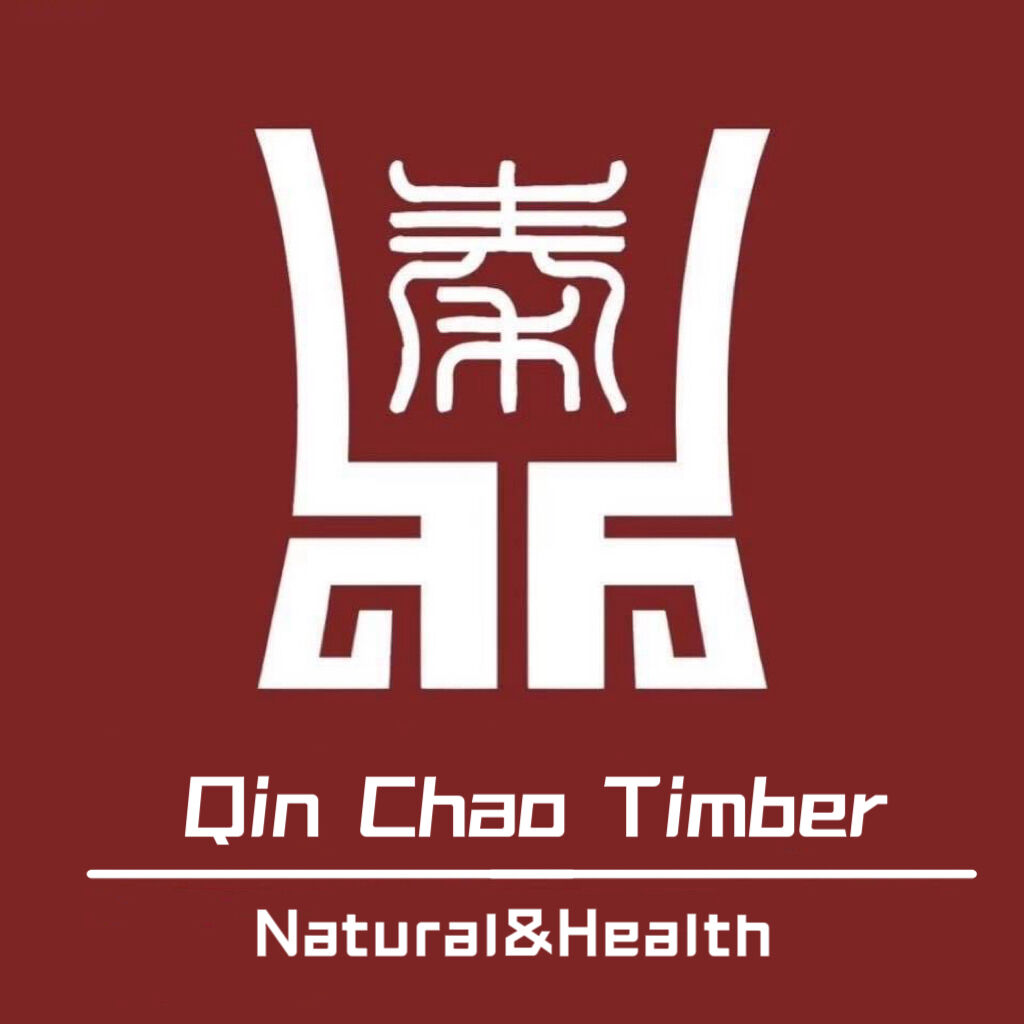Understanding the Thermal Modification Process of Ash Wood
What is thermally modified wood and how does it apply to ash?
Thermally modified wood undergoes controlled heating (180–240°C) in oxygen-limited environments to enhance durability and moisture resistance. For ash, this process significantly improves dimensional stability, making it an excellent choice for exterior siding exposed to fluctuating temperatures and humidity.
The science behind the thermal modification process
Heating ash above 180°C triggers chemical changes within its cell walls. Hemicellulose—highly susceptible to fungal degradation—is largely broken down, reducing biodegradability by up to 95%. Simultaneously, lignin reorganizes into more stable polymers, increasing structural rigidity. These transformations occur without additives, relying solely on precise thermal control.
Chemical and structural changes in ash during heat treatment
| Property | Untreated Ash | Thermally Modified Ash |
|---|---|---|
| Hemicellulose Content | 28–34% | <10% |
| Equilibrium Moisture | 18–22% | 4–6% |
| Density | 680 kg/m³ | 600 kg/m³ |
| Decay Resistance Class | 4 (Non-durable) | 2 (Durable) |
Thermal modification reduces hygroscopic compounds in ash while preserving 88% of its original strength. Cross-linked cellulose fibers form interlocking networks that resist warping and improve long-term performance.
Comparison of thermal modification techniques: inert atmosphere vs. steam
When using inert gases like nitrogen or carbon dioxide, the heating tends to be more even throughout the material, which helps keep the natural color of ash intact. Steam systems definitely cut down on processing time, but there's a downside. The wood often ends up darker, maybe around 30 to 40 percent darker actually, because the steam causes more caramelization effects. Both approaches meet the Class B fire resistance requirements according to EN 13501-1 standards. However, those treated with inert gases generally maintain their strength and structural integrity better, especially when dealing with larger board sizes where consistency matters most for construction purposes.
Performance Benefits of Thermally Modified Ash for Exterior Siding
Enhanced Dimensional Stability of Thermally Modified Wood
By reducing equilibrium moisture content by up to 45%, thermal modification minimizes seasonal swelling and shrinkage. Thermally modified ash exhibits less than 1% dimensional change—compared to 3–6% in untreated ash—ensuring tight seams and reliable performance across climates, as confirmed by the 2024 Wood Stability Report.
Decay Resistance and Outdoor Performance of Thermo-Ash
When wood ash gets heated between around 180 and 220 degrees Celsius, something interesting happens to hemicellulose content which basically takes away what decay fungi need to survive. What remains behind qualifies as durability class 1 material, comparable to those expensive tropical hardwoods we all know, but without needing any kind of chemical treatments. There was this study done back in 2023 looking at houses built in desert areas. After waiting for seven whole years, researchers didn't find any signs of fungus growth on these structures. That's actually better than regular pressure treated pine would do when exposed to harsh sunlight and dry climates for so long.
Water Resistance and Insulation Properties of Thermally Treated Ash
Reorganized lignin polymers make thermally modified ash inherently hydrophobic, cutting water absorption by 60–70% compared to untreated wood. This resistance not only prevents rot but also enhances thermal performance: tests show a 15% reduction in heat transfer through thermo-ash siding versus conventional cladding (2024 Building Materials Analysis).
Long Term Durability of Thermally Modified Wood in Siding Applications
Tests that simulate about 30 years worth of weather conditions reveal something interesting about thermo-ash. It keeps around 89% of its bending strength after all that abuse, which is way better than regular untreated ash that only holds onto about half its strength. The special stabilized structure of thermo-ash stands up pretty well against flying grit and dirt blown by the wind. When exposed to sunlight over time, it develops this nice even silver color across the surface.
Aesthetic Appeal and Design Flexibility of Thermo-Ash Siding
Enhanced Dimensional Stability of Thermally Modified Wood
By reducing equilibrium moisture content by up to 45%, thermal modification minimizes seasonal swelling and shrinkage. Thermally modified ash exhibits less than 1% dimensional change compared to 3–6% in untreated ash ensuring tight seams and reliable performance across climates, as confirmed by the 2024 Wood Stability Report.
Decay Resistance and Outdoor Performance of Thermo-Ash
When wood ash gets heated between around 180 and 220 degrees Celsius, something interesting happens to hemicellulose content which basically takes away what decay fungi need to survive. What remains behind qualifies as durability class 1 material, comparable to those expensive tropical hardwoods we all know, but without needing any kind of chemical treatments. There was this study done back in 2023 looking at houses built in desert areas. After waiting for seven whole years, researchers didn't find any signs of fungus growth on these structures. That's actually better than regular pressure treated pine would do when exposed to harsh sunlight and dry climates for so long.
Water Resistance and Insulation Properties of Thermally Treated Ash
Reorganized lignin polymers make thermally modified ash inherently hydrophobic, cutting water absorption by 60–70% compared to untreated wood. This resistance not only prevents rot but also enhances thermal performance: tests show a 15% reduction in heat transfer through thermo-ash siding versus conventional cladding (2024 Building Materials Analysis).
Long Term Durability of Thermally Modified Wood in Siding Applications
Tests that simulate about 30 years’ worth of weather conditions reveal something interesting about thermo-ash. It keeps around 89% of its bending strength after all that abuse, which is way better than regular untreated ash that only holds onto about half its strength. The special stabilized structure of thermo-ash stands up pretty well against flying grit and dirt blown by the wind. When exposed to sunlight over time, it develops this nice even silver color across the surface rather than cracking apart. For those looking to build a structure meant to stand up through several harsh winters, summers, and everything in between with little upkeep, thermo ash offers all-around great value thanks both to its weather resistant powers and low maintenance needs.
FAQ
What is thermally modified wood?
Thermally modified wood is wood that has been treated with high temperature (between 180°C and 240°C) in an oxygen-reduced environment to improve its durability and moisture resistance. This process significantly enhances the wood's dimensional stability, making it ideal for exterior applications.
Why is ash wood chosen for thermal modification?
Ash wood is naturally durable, but its thermal modification makes it even more stable, durable, and resistant to moisture and decay. Therefore, it is particularly well-suited for outdoor applications like siding, as it can withstand variable temperatures and humidity.
What are the benefits of thermally modified ash for siding?
Thermally modified ash offers enhanced durability, water resistance, improved structural integrity, resistance to warping, reduced heat transfer, and develops a high-quality natural appearance with various color and texture design options over time.
Which is better: using an inert atmosphere or steam for thermal modification of ash?
Both inert gas and steam systems meet the Class B fire resistance requirements, but they differ in results. Inert gases like nitrogen or carbon dioxide provide a more even heating and preserve the wood's natural color, while steam often darkens it. However, steam systems can process wood faster.
Where can I source thermally modified ash for siding?
Due to its rising popularity, regional suppliers for thermally modified wood are gradually increasing. However, it can take 8 to 12 weeks for delivery, particularly for custom orders.
How long does thermally modified ash last for siding applications?
Thermally modified ash can maintain around 89% of its original strength even after simulated exposure to 30 years of weather conditions, outperforming untreated ash. If installed and maintained properly, it offers excellent long-term durability.
Table of Contents
- Understanding the Thermal Modification Process of Ash Wood
- Performance Benefits of Thermally Modified Ash for Exterior Siding
- Aesthetic Appeal and Design Flexibility of Thermo-Ash Siding
-
FAQ
- What is thermally modified wood?
- Why is ash wood chosen for thermal modification?
- What are the benefits of thermally modified ash for siding?
- Which is better: using an inert atmosphere or steam for thermal modification of ash?
- Where can I source thermally modified ash for siding?
- How long does thermally modified ash last for siding applications?


 Products
Products